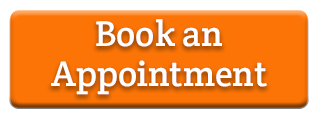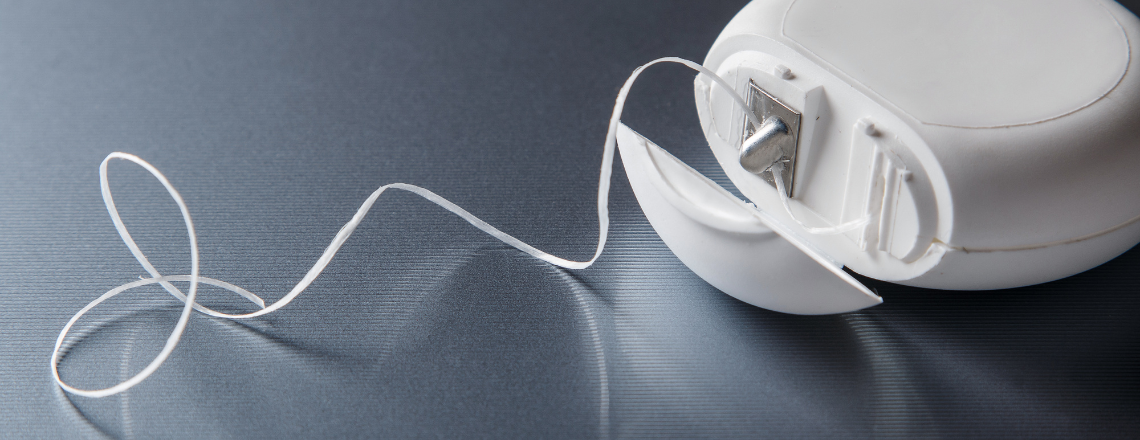
What Type of Floss Should You Use?
By: Andra Story, Registered Dental Hygienist
You don’t need anyone to tell you again: you know that brushing your teeth twice per day helps keep your mouth healthy and cavity-free!
But when you’re just brushing and not flossing, you’re only cleaning 60% of your teeth’s surfaces. Flossing reaches where the toothbrush can’t and removes the food and plaque that causes cavities, gum infections, and in more severe cases, periodontal disease.
My patients often tell me they don’t like how much time it takes to floss, but flossing is so important to keeping your mouth healthy and disease-free. To get the most out of flossing, make sure you’re using the best type of floss for you and the correct technique. You can learn how to floss teeth properly, and then read on to discover how you can choose the best type of floss for you!
Tips for Choosing a Type of Floss
When you go to the store to look for floss, chances are you’ve been overwhelmed by the large variety to choose from. I typically recommend that my patients try a few different types of floss to discover what works best for them. In general, unwaxed floss has been considered the best because the individual filaments of the floss typically clean more effectively than waxed floss where the filaments are bound together. Regardless, using floss that works for the individual is most important; Flossing in some way is better than not flossing at all!
Common Flossing Objections
Do any of the below sentences apply to you? If so, then read on to see what I recommend to my patients to help them floss easier!
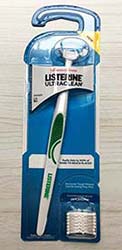
I have trouble reaching my back teeth
If you have trouble reaching the back of your mouth to floss those teeth, then a floss pik with a long handle might help. You can use the handle to get a better grip on the floss while comfortably flossing the hard-to-reach areas.
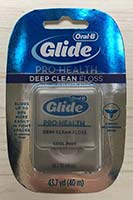
The floss shreds really easily
If your teeth are spaced closely together, then “Glide” floss will help you floss easier and will prevent the floss from shredding.
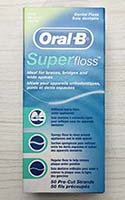
I don’t know how to floss because I have a bridge
It’s still possible to floss if you have a bridge! Floss threaders (like “Superfloss”) are helpful because the soft, woven end fits comfortable under the bridge and catches debris. Small floss brushes are also helpful for keeping bridges clean.
If you’re still having trouble flossing with a bridge, I recommend a “Waterpik.” It’s not quite as effective as traditional floss, but it’s much better than doing nothing at all!
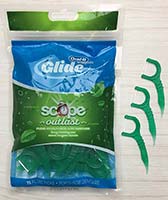
I just don’t have time to floss
If you want to keep your teeth healthy, then make time to floss! The little floss picks are great if you’re short on time. Keep some in your desk at work, in your car, or by the T.V. and floss whenever you have a spare minute. The good thing about flossing is that it doesn’t have to be at a certain time every day...just as long as you do it once!
Ask Your Hygienist for Help
If you have any questions at all about flossing, or need help choosing the type of floss best for you, just ask! I love helping my patients learn how to floss, and also giving them recommendations for flossing based on their individual schedule and lifestyle. It may also be helpful to bring the floss you’re using into the dental clinic so we can make sure you’re doing it in the most effective way.
Overall, flossing should be a part of your daily oral hygiene routine, so make sure you taking the time to do it; your teeth and gums will thank you!

More helpful flossing information from Dental Associates
Don’t Believe the Hype: Flossing IS Beneficial
